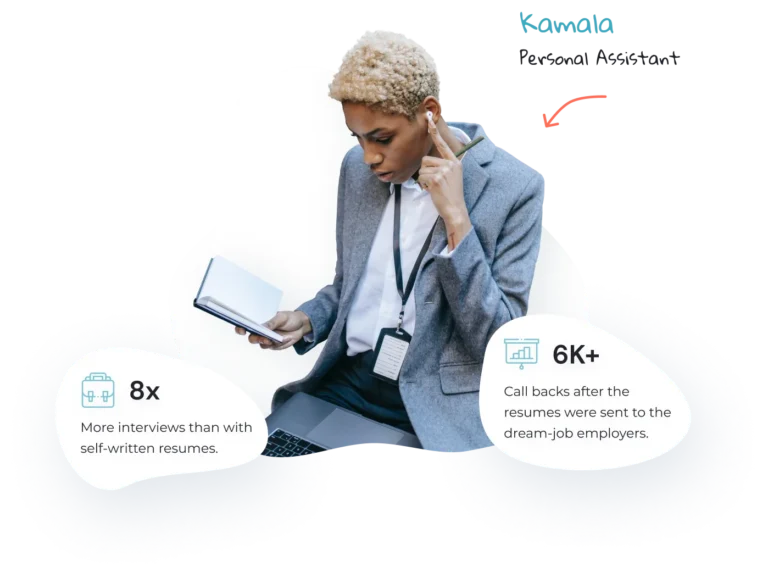Careers in User Experience Design: Unlocking Opportunities in a Growing Field
User experience (UX) design is a critical aspect of modern product development, focusing on creating intuitive, engaging, and efficient experiences for users. As digital platforms continue to dominate our daily lives, the demand for skilled UX designers is growing rapidly. This article delves into the exciting world of UX design careers, exploring its importance, growth prospects, and the skills needed to succeed in this dynamic field. Whether you’re considering a career change or just starting out, understanding the potential within UX design can open doors to numerous opportunities.
Why UX Design Is Essential for Modern Businesses
In today’s competitive digital landscape, businesses that prioritize user experience are more likely to succeed. A well-designed user experience enhances customer satisfaction, reduces friction, and increases conversions. UX design goes beyond aesthetics to ensure that products are user-friendly, accessible, and aligned with customer needs. As companies shift their focus towards improving user experience, the demand for skilled UX professionals has never been higher. This trend highlights the critical role UX design plays in achieving business success.
What Skills Do You Need to Pursue a Career in UX Design?
To excel in UX design, professionals must possess a diverse skill set. While technical abilities are essential, a strong understanding of human behavior and design principles is equally important. Key skills for UX designers include:
- User research: Understanding users’ needs and pain points is the foundation of UX design. Conducting surveys, interviews, and usability tests helps gather valuable insights.
- Wireframing and prototyping: Creating mockups and prototypes allows designers to visualize and test their ideas before implementation.
- Interaction design: UX designers must be adept at designing intuitive user interfaces that are easy to navigate.
- Usability testing: Testing products with real users ensures that designs meet expectations and deliver a seamless experience.
By developing these skills, aspiring UX designers can position themselves as valuable assets to any organization.
Career Paths in UX Design: Where Can You Go?
UX design offers a wide range of career paths, each with its own set of challenges and rewards. Some of the most popular roles include:
- UX Designer: The core role, focused on designing seamless user experiences through research, wireframing, and testing.
- UI Designer: Specializes in the visual design of user interfaces, ensuring that products are aesthetically pleasing while being functional.
- UX Researcher: Focuses on gathering and analyzing user feedback to inform design decisions.
- Interaction Designer: Creates interactive elements within a product, ensuring users can intuitively navigate the interface.
- Product Designer: A hybrid role that blends UX, UI, and business strategy to create holistic product experiences.
Each of these roles offers unique opportunities for growth and specialization, allowing professionals to choose a path that aligns with their interests and skills.
The Growing Demand for UX Professionals
As digital experiences continue to evolve, so does the demand for UX designers. Companies across all industries are recognizing the importance of creating user-centered products and are actively seeking talented professionals to drive this vision. From startups to large corporations, businesses are investing heavily in UX to differentiate themselves from competitors. This growth trend is expected to continue, with the Bureau of Labor Statistics projecting a steady increase in demand for UX professionals in the coming years.
The rise of emerging technologies, such as augmented reality (AR) and virtual reality (VR), is further expanding the opportunities within UX design. Professionals who specialize in these cutting-edge technologies are in high demand, as companies seek to create immersive and innovative experiences for their users.
How to Break Into the UX Design Industry
For those looking to start a career in UX design, there are several ways to break into the industry. While formal education in design or human-computer interaction can be helpful, it is not always necessary. Many successful UX designers come from diverse backgrounds and have honed their skills through self-study, online courses, or bootcamps. Building a strong portfolio that showcases your design process, problem-solving abilities, and user-centered approach is key to securing a job in the field. Networking with professionals in the industry and participating in UX communities can also help you gain valuable insights and connections.
Frequently Asked Questions
1. Do I need a degree to become a UX designer?
While a degree in design or a related field can be helpful, it is not required. Many UX designers have successfully transitioned from other fields or learned through online courses and bootcamps.
2. What is the difference between UX and UI design?
UX design focuses on the overall user experience and functionality, while UI design deals with the visual aspects of the user interface, such as layout, color scheme, and typography.
3. Can I switch careers to UX design?
Yes, many people successfully transition to UX design from other careers. The key is to build relevant skills, create a strong portfolio, and gain hands-on experience.
4. What tools do UX designers use?
Common tools used by UX designers include Sketch, Figma, Adobe XD, InVision, and Axure for wireframing, prototyping, and collaboration.
5. How much can a UX designer earn?
Salaries for UX designers vary depending on experience, location, and industry, but the average salary in the United States is around $80,000 per year, with higher earnings potential for senior roles.


